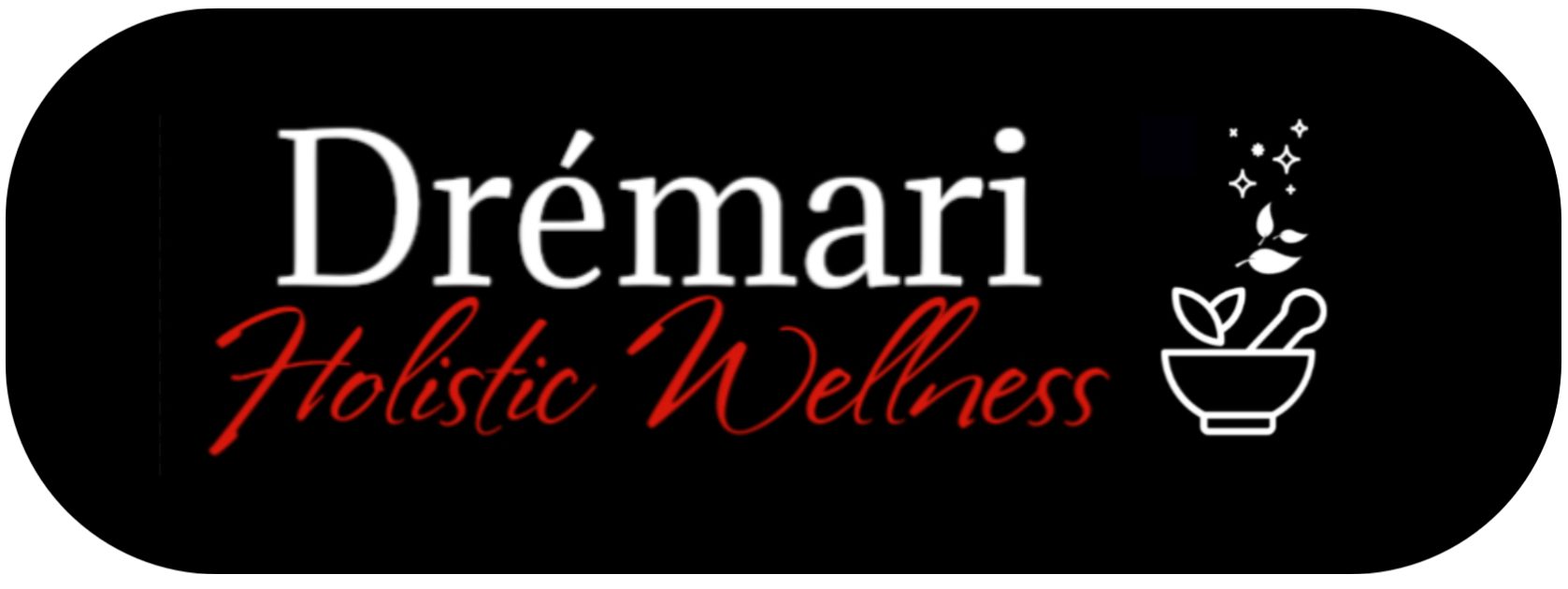Physiology of Emotions
The body and the mind work together to create emotional response. The sympathetic nervous system is triggered by stimulus. The body will change heart rate, breathing, tension, etc. in response to the stimuli. What triggers the response can be out of natural survival or a learned fear. The amygdala, limbic system- basic emotions and drives, is connected to both pleasure and fear and receives signals from the fast, simple path for quick responses (low road) or a slower, complex pathway that allows time for labeling and thought (high road).

Emotional response to stimuli has the ability to trigger chemical changes in the body. Adrenaline may be released in fear, shock, or sudden grief. Laughter can release endorphins, the feel-good chemical. Cortisol is the hormone associated with stress response and it can impact blood sugar. However, hormones can play a role in influencing emotions. Examples are: 1. Male aggression from testosterone. 2. A woman that gets angry or hysterical during PMS as the hormones fluctuate. 3. This is personal experience- My mom had most of her thyroid removed around age 16. She would go through times of apathy, a seemingly non-emotional about things. Then, there would be days where she would basically fly off the handle, yelling at us about insignificant things. Also, there were times she would be obsessed with doing and getting tasks done. This was in response to thyroid hormone levels.
Complementary Alternative Medicine and Emotions
Much of my experience in holistic health care and in my practice has come from Traditional Chinese Medicine (TCM) theory. I use the meridian system, which is 12 channels associated with the energy of an organ it is named after and can influence a whole host of functions in the body. I find this a great holistic model because the organ and channel does not stand alone but can be linked to other channels and organs. This cannot be described linearly, but in a circular pattern. We have structure, chemistry, and energy (includes mind and emotion). A chemical imbalance can impact thought and emotion and also influence health of physical structures such as an organ. You can say this for any of the others: Energy influences chemistry and function. Structure influences chemistry and energy.
In TCM, unbalanced emotion is one root of disease. Look at fear. TCM associated fear with the kidneys and kidney (K) meridian. Fear can suppress the K function. This leads to issues of the adrenals and circulatory system. Symptoms you will see will be cold hands and feet, reduced eyesight, loss of memory, inflammation, reduced or impaired reproductive health to name a few. This makes sense because it describes the symptoms of stress response. Each meridian has an associated emotion: Small intestine= Joy, Bladder= Peace and Harmony, and Triple Warmer = Hope.

When working with TCM, the renowned method used is acupuncture. This is only one way out of the TCM toolbox, but it is effective in balancing energies. You can work through body chemistry by doing a full assessment to indicate where the weakness or overactive/underactive areas are. I advise against recommending any herb or supplement “FOR” an emotion. Certainly, a direct aid can help (for example St John’s Wort for depression or lavender essential oil for stress), but there is usually an underlying cause. In anger or depression, I would check for toxic overload (elimination systems), liver, and gallbladder symptoms. Based on the individual, considering the whole person- contraindications, sensitivities, medicines, and other conditions, I may recommend hepatic tonics and nutritives such as Milk Thistle, Beet Root, Nettle, Dandelion Root, and Alfalfa. Also for anger we would seek to keep a steady blood sugar with B vitamins and vitamin C complex, appropriate adaptogenic herbs to help handle stress response, deep breathing, working with a therapist (if the emotional issues are rooted beyond my scope), and stress management such as meditation.
Energy Work and Emotion
We live through our emotions. The human energy field (HEF or aura) reflects this and will change accordingly. Chakras (main energy vortex along the spinal energy column, 7 on the body) will flow and process or they may have an altered pattern, or remain still indicating a block. The HEF can have debris, tears, holes, patterns, leaks, and disfigurements from old emotions, traumas, or what we go through. Bones tend to hold memories very well. I have gone down into the morrow, energetically of course, to help process the energy.
I’ve seen blobs of dark energy, shadow thought forms, dust, barbed wire, felt electric shocks all while working on clients. I have also felt chakras warped or “missing”– they can’t go missing, but they can seem to hide at times. Abuse and trauma can have effects lodged deep in the aura and have old tears, perhaps even a hole where the spirit can eject itself when faced with fear or need for defense.

The energy healing work helps to clear the stress and traumas from the HEF. This can take several passes or an issue may be cleared in one session. Usually, there is work involved for healing. Practicing forgiveness or facing the emotion are a few examples. Sometimes, symptoms, pain, and conditions can be cause by a trapped or unprocessed emotional energy in that area. I do applied kinesiology muscle testing to find the source and the emotional energies and help the energy body to release or process. Releasing the stress, emotions, and energies that inhibit the HEF from functioning properly creates space. In this space, there is healing. Granted, physically healing is always possible, but emotional and energetic healing can create well-being equally as powerful.
I welcome your questions and comments. If you would like to work with me, Contact me or see other ways to reach out below. Feel free to like and share my blogs.
Fill out the Client Assessment Application form to work with me.
Check out my channel on YouTube.
—-DONATE—-
You can donate through PayPal HERE
~Drea
